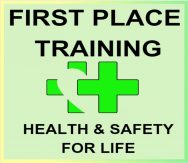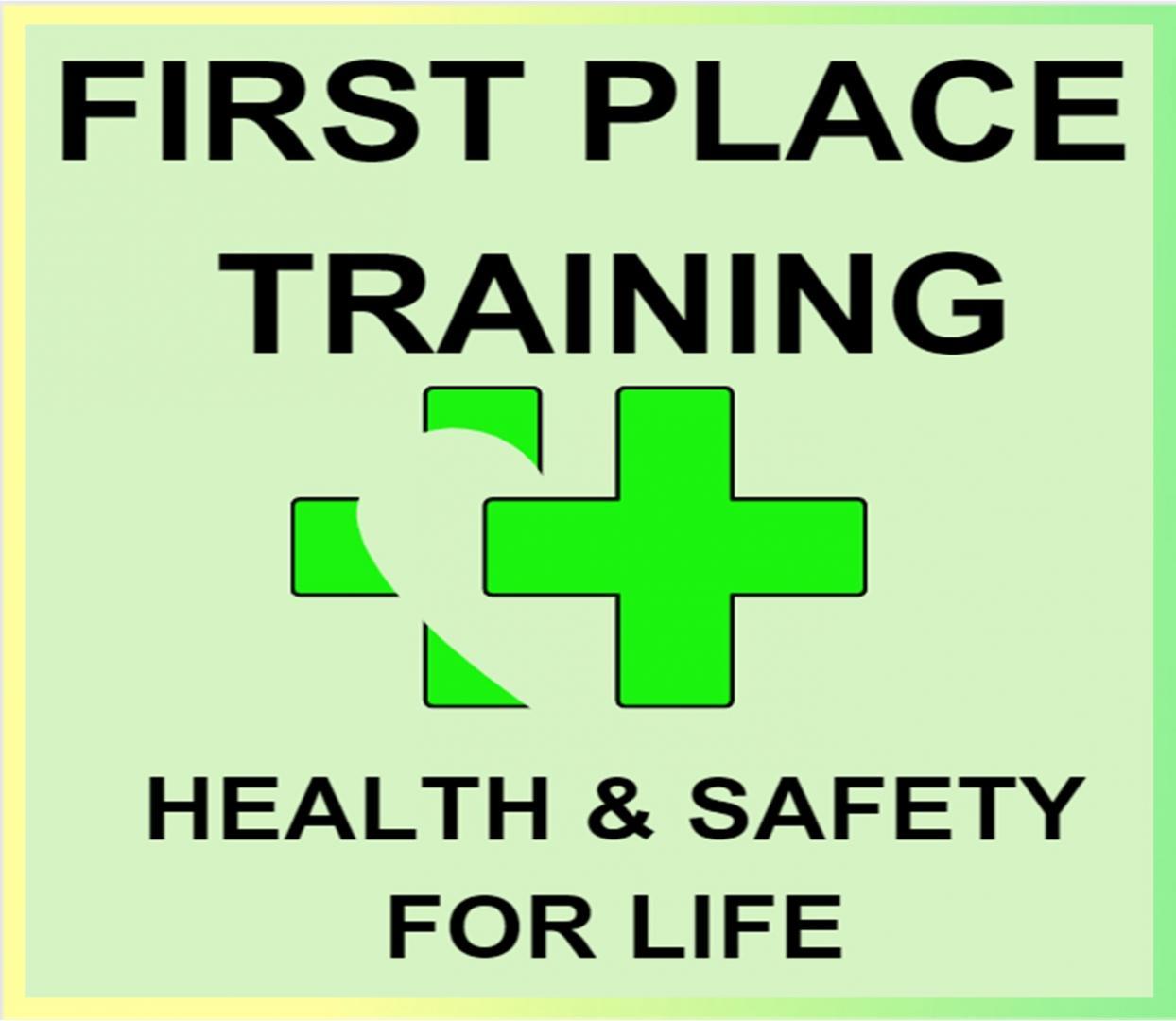Moving and Assisting of People Level 2 (VTQ) – Classroom Part 2






Basic First Aid Level 2 (VTQ)
Course Information
Course Information
Lorem ipsum dolor sit amet, consectetur adipiscing elit. Ut elit tellus, luctus nec ullamcorper mattis, pulvinar dapibus leo.
Who should attend?
Course Details
Course Content
Certificate information
What to bring?
Trainers
Pricing
Who should attend?

- Care workers
- Childcare workers
- Dental workers
- Doctors
- Families
- First Aiders
- Nurses
Course Details

- This course is 3 hours classroom learning time
- Please arrive 15 minutes before the course starts to register your details
- Running late – you will not be accepted on the course and no refund will be issued
- Maximum of 12 delegates per course
- 15 minute break
- FPT use a combination of Powerpoint presentations, visual aids, practical activities, group work, FAQ’s and assessments to accommodate for all learners.
- Will involve practical elements, wear comfortable clothing, avoid skirts or dresses
- 30 minutes multiple choice online assessment.
- In an emergency contact us immediately 24/7, call during business hours , leave a voicemail, text or alternatively send us an email. Unfortunately, we will not be able to refund the course, as a good gesture we maybe able to reschedule the course
Course Content

LO 1. Understand Health and Safety legislation and regulations relating to Moving and positioning of people
- 1.1 Understand the definition of Manual Handling taken from the Manual Handling Operational Regulation (MHOR) 1992, what is reasonably practicable within MPP and guidance for lifting.
- 1.2 Understand employers and employee’s duties and responsibilities under the Health and Safety at Work Act 1974, and specific sections on Negligence
- 1.3 Understand the Management of Health and Safety at Work regulations 1999 relating to Risk Assessments
- 1.4 Understand relevant HASAWA regulations • Lifting Operations and Lifting Equipment Regulations 1998 (LOLER) • Provision and Use of Work Equipment Regulations 1998 (PUWER) • Reporting of Injuries, Diseases and Dangerous Occurrence Regulations (amended April 2012) RIDDOR
- LO 2 Understand Person Centred Legislation, regulations and policies/procedures/codes of practice
LO 2 Understand Person Centred Legislation, regulations and policies/procedures/codes of practice
- 2.1 Understand the Human Rights Act 19998
- 2.2 Understand the Equality Act 2010
- 2.3 Understand the Mental Capacity Act
- 2.4 Understand the Health and Social Care Act 2008/regulations 2014
- 2.5 Understand Code of Conduct/practices
- 2.6 Understand how decisions are balanced with HASAWA and Person-centred legislation
LO 3. Understand musculoskeletal injuries and the spine
- 3.1 Recognise the composition of the spin
- 3.2 Understand musculoskeletal injuries with statistics
LO 4. Understand principles of lifting including the centre of gravity, the base of support, the position of power and biomechanics
- 4.1 Recognise the biomechanic principle of lifting
- 4.2 Understand the principles and use of individuals centre of gravity
- 4.3 Understand what constitutes the base of support
- 4.4 understand what are the principles of power are in manual handling
- 4.5 Understand biomechanics in action
LO 5. Be Able to Identify controversial techniques and shoulder injury prevention
- 5.1 Recognise and assess why identified techniques are controversial
- 5.2 Recognise how controversial techniques can cause injury to the shoulder joint
LO 6. Understand Patient/service user/clients skin
- 6.1 Understand the layers of the skin and its purpose
- 6.2 Recognise how skin can be damaged
LO7. Be able to use the equipment and correct moving and positioning techniques
- 7.1 Understand manual handling questions before completing a task
- 7.2 Recognise the rules of safe manual handling
- 7.3 Recognise and participate in using appropriate for job role pieces of equipment which can include: • Hoist and sling for transferring • Slide sheets • Rotator disc • Transfer boards – straight and bananaTransfer belts
Certificate information

- The certificate is valid for 1 year and nationally recognised
- All of our courses are in accordance with the most recent UK Resuscitation Council recommendations (2021)
- This is a trustworthy, accredited and certified course it will pass due diligence tests, compliance and International Organisational for Standardisation (ISO)
 This course comes with 3 hours of CPD (Continuous Professional Development)
This course comes with 3 hours of CPD (Continuous Professional Development)
- All of our courses’ content has been independently verified as adhering to generally recognised Continuous Professional Development (CPD) standards, and they all include a ProTrainings Certificate and a Certified CPD Statement
- You will get the certificate electronically via email and should get it within 24 hours
- See below sample certificate

What to bring?

- Bring proof of identity, a valid passport or a driving license for course registration confirmation
- No valid identification you will be refused from the course
- Bring a notebook and a pen
- Bring a electronic device such as mobile, Ipad, or laptop to complete online assessment
- We suggest you to pack a lunch and some refreshments
Trainers

- All our trainers either have teaching qualifications , such as Qualified Teacher Status, as well as adult training qualifications and first aid training certificate.
- Most of our trainers are advance level trainers.
- On a daily basis our trainers deliver courses to doctors, nurses, dentist, ambulance, many more professions and general public.
- All of our trainers have had DBS checks, and their certificates are regularly checked to ensure they are up to date.
Pricing



